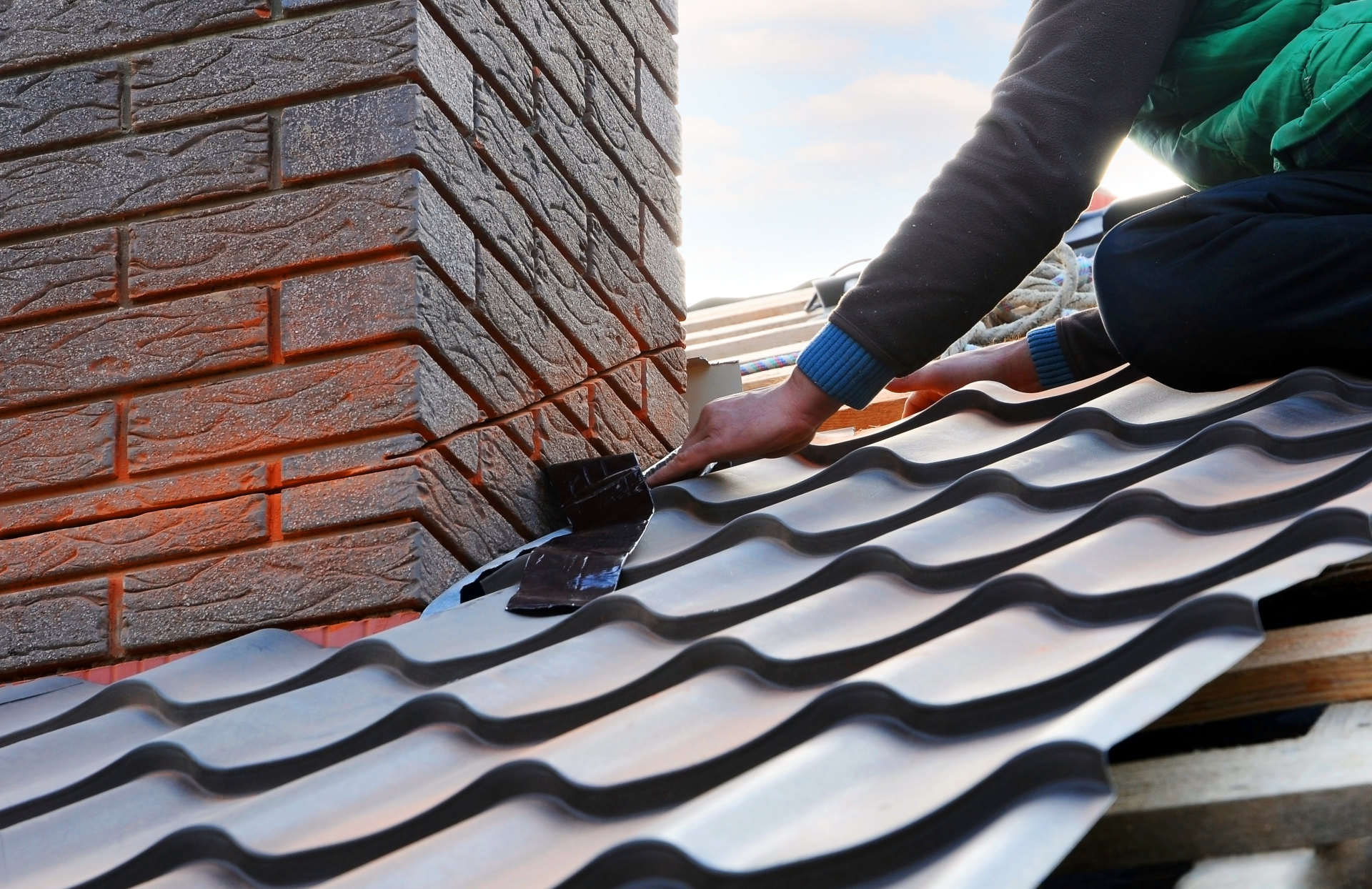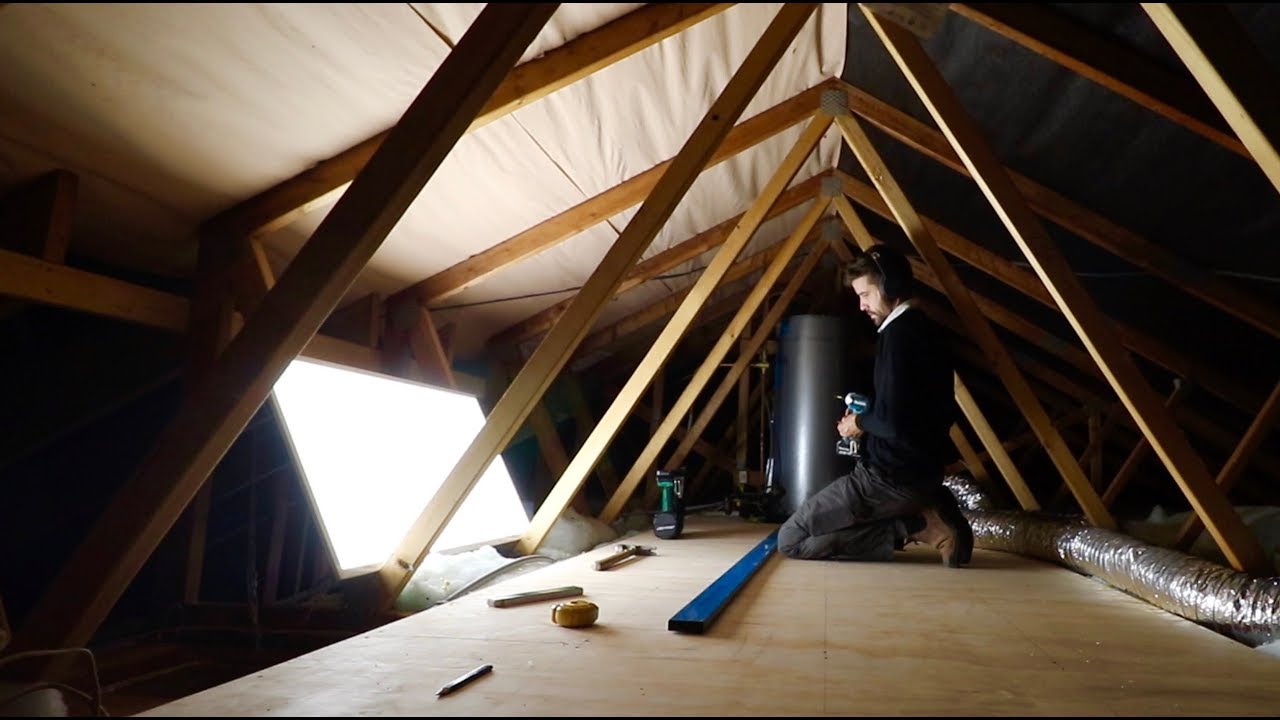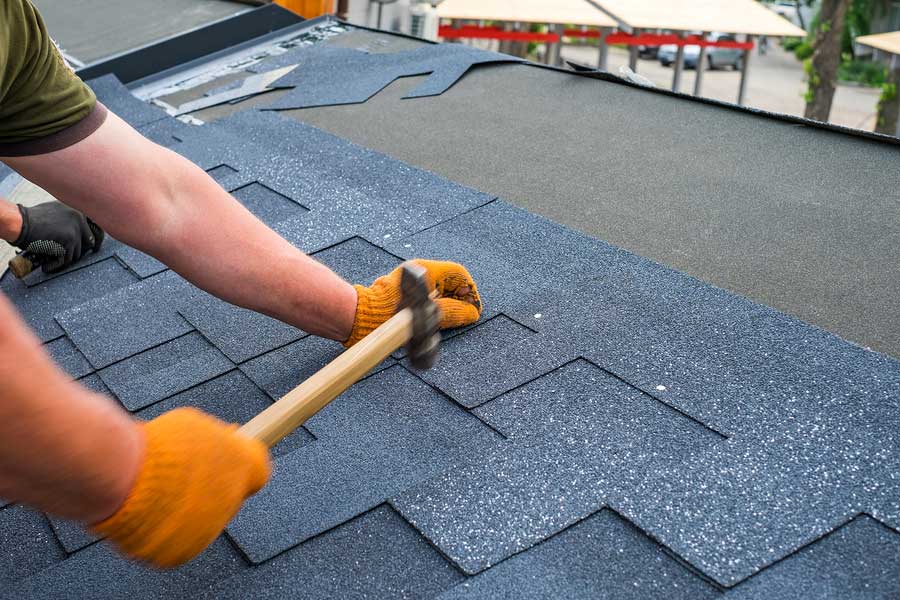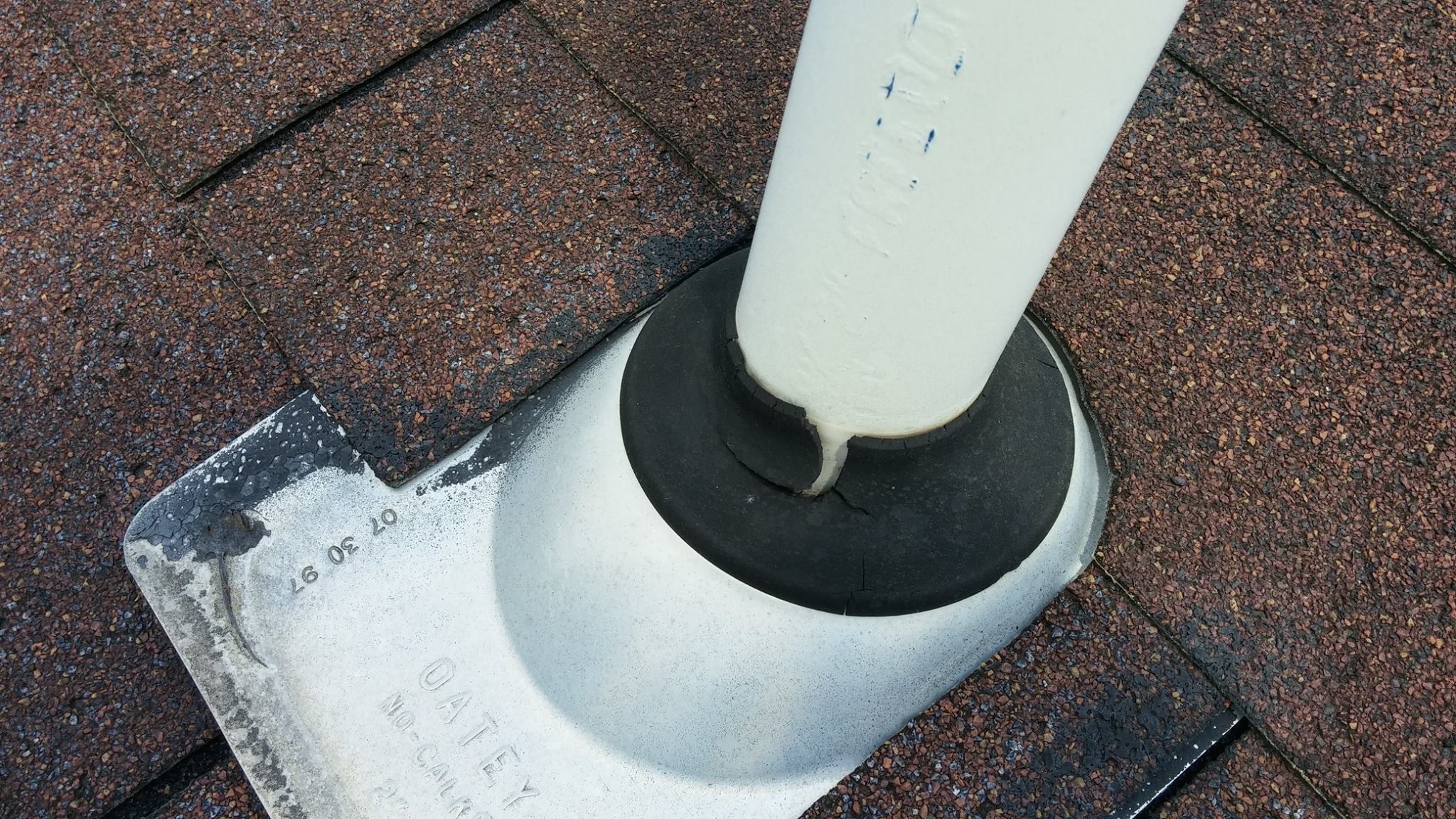How to find and fix roof leaks
 The toughest thing to get a roof leak fixed? Many times it's about detecting the problem. Of course, finding water spots on the walls or mould growth is easy enough — sure signs of leaks. But after it has reached the roof, items like insulation quickly redirected it. So while you might find the signs of a leak in the bedroom in the corner, the weak point in your roof will be pretty much vulnerable to water damage if not fixed immediately.
The toughest thing to get a roof leak fixed? Many times it's about detecting the problem. Of course, finding water spots on the walls or mould growth is easy enough — sure signs of leaks. But after it has reached the roof, items like insulation quickly redirected it. So while you might find the signs of a leak in the bedroom in the corner, the weak point in your roof will be pretty much vulnerable to water damage if not fixed immediately.
Finding and fixing a roof leak is usually a simple process. Below we will show you how you can find and fix common roof leaks. With a few DIY skills and a hose, fixing your roof is a breeze. If it is a large job, you might need to hire a professional roofer or even hire a waterproofing contractor.
What are the steps in finding leaks?
Head to the attic
Carry a torch with yourself to go up to the attic. Using the torch to explore the underside of the house, until you have your bearings. Look out for any places that are darker than sheathing the entire walls. If it hasn't rained lately it might be too hard to distinguish wet areas. In comparison, mould has a tendency to persist. If you find the mold, you have found your leak.
Find the source of the leak
Insulation deteriorates more dramatically and rapidly than wood. So you can trace the water route from the damaged area all the way to the roof entry point of the stream. Note that it is necessary to wear the appropriate safety protection while you are dealing with the insulation.
Inspect the underside of the roof
Highly visible on the surface are cracks caused by an object like a nail penetrating the roof. Look out the vents on the walls, if you cannot see the obvious signs of damage. Typically these vents are near ridges or gable ends, or both, if present. The seals around the vents may gradually weaken over time, allowing rainwater to move in.
Spray with garden hose in dry weather
Through simulating a downpour with a garden hose, you may see firsthand how your roof may withstand — or fail to respond. This approach involves two people: The other person stays in the attic with a torch in hand while one person goes up on the roof, garden hose in tow. The person on the roof wets the roof section by section, while the other person carefully checks each section for signs of leakage.
What are the common areas where you can find leakages?
If you don't have an attic or simply can't find the cause of the leak, you can look for moisture or damage issues at many places:
- Boots, the plastic seals around the electrical equipment, plumbing duct tubing, air vents, and spinning exhaust fans.
- Cap Ridge
- Flashing
- Gaskets around pipes
- Shingles
- Gutters and runoffs
- Dormer valleys
With a few DIY skills and a hose, fixing your roof is a breeze.
What are the DIY ways to fix your leaking roof?
Use Polyethylene to Cover Leaks
Once located you can repair leaks using the following steps:
- Remove shingles or tiles around the area. Remove any nails and scrape clean.
- Unfold a sheet of polyethylene over the roof leak. This should cover more than necessary to prevent any further dripping. As you spread the sheet, you should nail it to the roof carefully. In most cases, nails that are 3 to 4 inches will be sufficient.
- Refit or replace shingles over sheeting.
Replace damaged or missing shingles
If shingles are broken, damaged or rotted, repairing them can be another easy way to patch a leaky roof (provided you have the shingles to restore them). Remove the shingles carefully and install the new one and fix it in place using adequate cement and nails.
Fix Flashing
For fixing leaks caused by metal flashing around chimneys and dormers, simply reseal joints using a roofing cement filled roofing cement. If you see damages to previously sealed joints with a roof cement sheet, then add a fresh new coat with a putty knife.
If you want to fix the roof temporarily, you can use asphalt roof cement to block small leaks.
Hire a skilled professional for larger jobs
Roof leaks can become a big job if you don’t know what to look out for. For large roof leaks, we always recommend consulting with a professional roofer and tiler. Your roof is one of the largest and most striking aspects of your home so it’s worth taking the time to consider your needs carefully before making any decisions. Using appropriately qualified professionals will make sure your roof is safe, looks great and will stand the test of time, depending on the material you choose.
Whether it is colorbonding or installing a new roof, Service.com.au has the best local roofers and tilers in Australia to complete your project for you. Click the button below to get free no obligation quotes from our local trusted professional roofers
Get free quotes in minutes.
Get quotes from our qualified and licensed tradies Australia wide.




